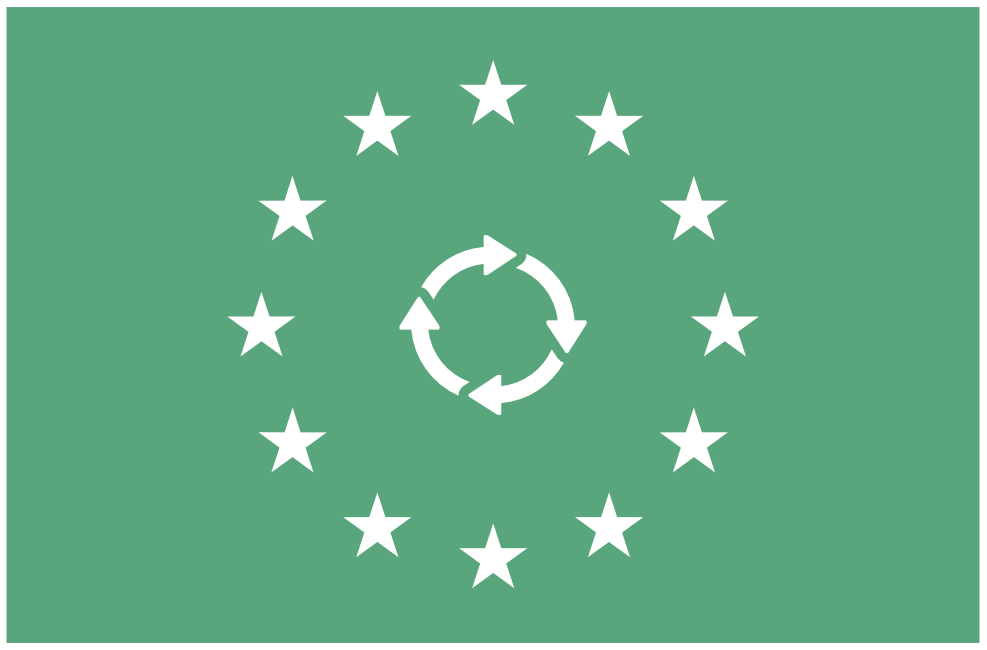About the project
Human activities impact terrestrial sinks through land use, land-use change and forestry (LULUCF) activities, so the exchange of CO2 (carbon cycle) between terrestrial biosphere systems and the atmosphere is altered. Relevant Commission Regulations such as EU 2018/841, EU 2018/1999 and EU 525/2013 include mechanism for monitoring and reporting GHG emissions. However, the reporting is inconsistent across member states with different methods and data sources being employed. Article 18 of Regulation EU 2018/841 and Annex V of Regulation EU 2018/1999 require EU Member States to employ methodologies far monitoring of land use conversion according to IPCC Approach 3 (geospatially-explicit) and at least tier 2 (nationally relevant emission calculations) for key categories of emissions and removals.
The LULUCF project of IHCantabria is a project funded by the European Commission through the Caroline Herschel Framework Partnership Agreement on Copernicus User Uptake (FPCUP), to facilitate the user uptake of the Copernicus Program into different policies and monitoring activities. The Action is included in the Supplementary Work Programme 2019 with the name “Developing support for monitoring and reporting of GHG emissions and removals form land use, land use change and forestry (LULUCF)”.
Framework Partnership Agreement on Copernicus User Uptake (FPCUP)
In its 2016 Communication on a European Space Strategy the Commission states that “The Commission’s aim is to optimize the benefits that space brings to society and the wider EU economy.
THE FPCUP ACTION 2019-2-49
Developing support for monitoring and reporting of GHG emissions and removals from land use, land use change and forestry (LULUCF) in selected Member States (MS) on the basis of EU Regulation on (EU) 2018/841.
SPECIFIC OBJECTIVES
To achieve objectives of the Action, the following tasks will be developed
OUTPUTS AND RESULTS
Derived from previous tasks, the following outputs and results will be developed




